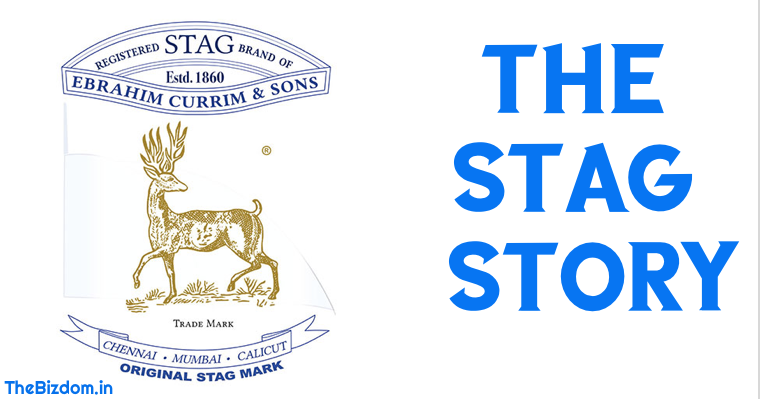1 min to read
The Stag story
India's pioneering umbrella maker, Stag.

 Origin of the umbrella
Origin of the umbrella
The word ‘‘umbrella’’ comes from the Latin ‘‘umbra’’ meaning shade or shadow. The basic umbrella was probably invented by the Chinese over 4,000 years ago. It was used to be protection from the sun, not from the rain. It meant a portable canopy of cloth or canvas, supported on a wooden or metal rod, used to protect from rain or the sun. Now the term is used as figurative meaning covering general protection, often without specific reference to a physical object.
 The lightweight, foldable umbrella that we know – it found its modern form in early 18th-Century France.
The lightweight, foldable umbrella that we know – it found its modern form in early 18th-Century France.
Two centuries ago, there were no umbrellas in India—people mostly used palm leaves as protection from the sun or monsoon rain. By the end of the 1800s, the making of steel-wire umbrella frames had become a major industry in Britain.
Around the same time, in 1860, Ebrahim Currim started a small workshop at Bazar Gate in Mumbai’s Fort area to deal in umbrellas imported from England. Over time, he learnt the art of mending the umbrellas. As Ebrahim mended umbrellas, he also learnt to make them. He started making the black umbrellas that could be also be used as walking sticks. He named it Stag and after becoming popular in Mumbai, it slowly made its way to Madras and Calicut.
Today, they claim, no matter what umbrella you buy, you’ll be buying into something that has been carefully designed to make it easy for you.



